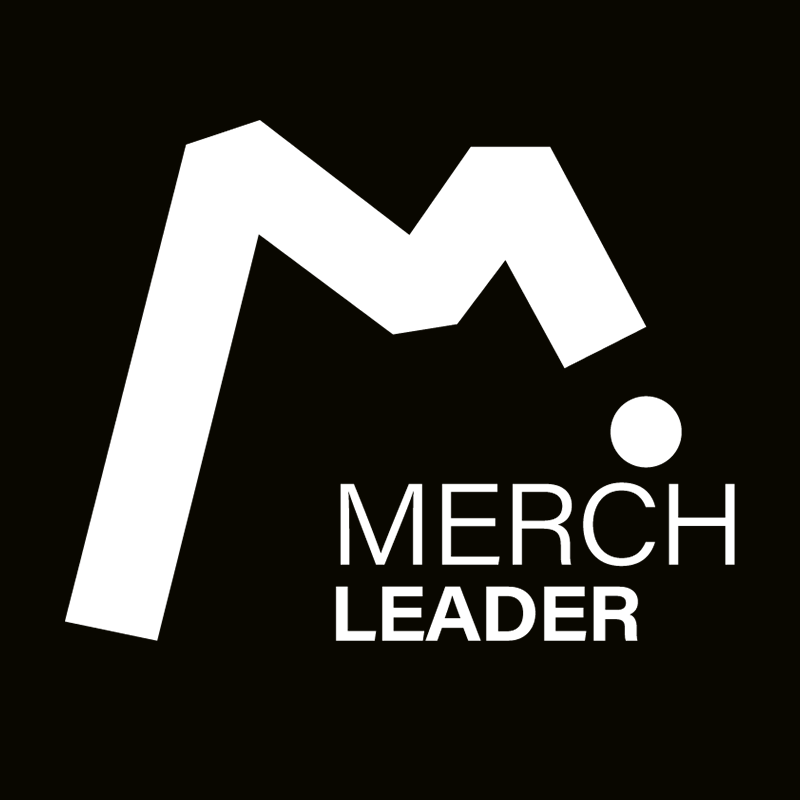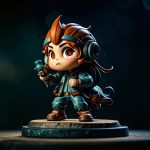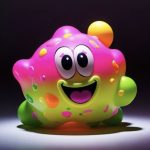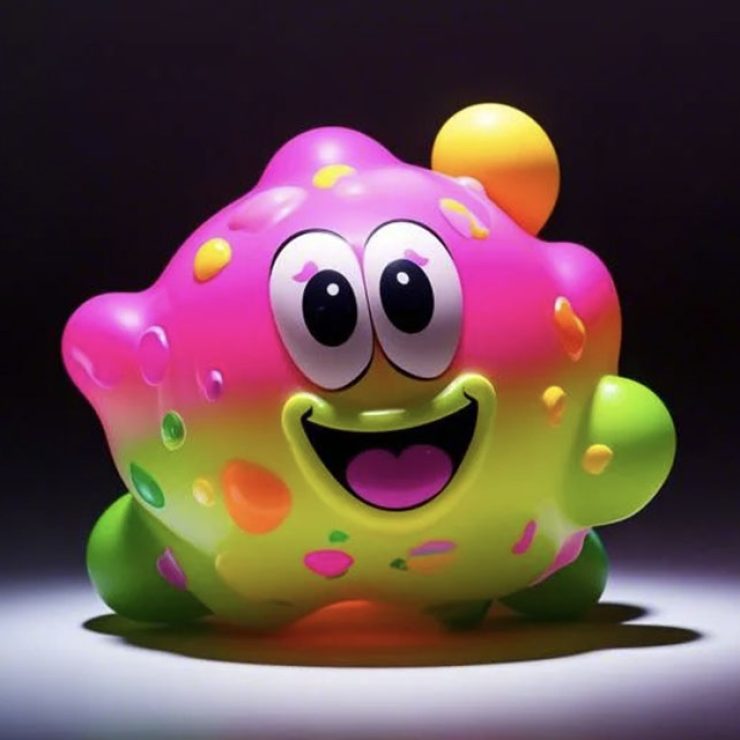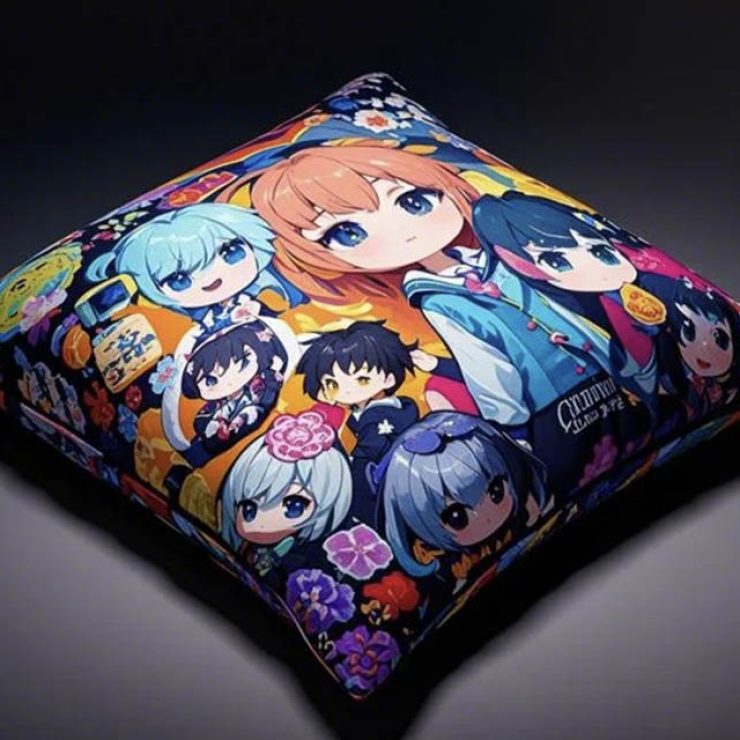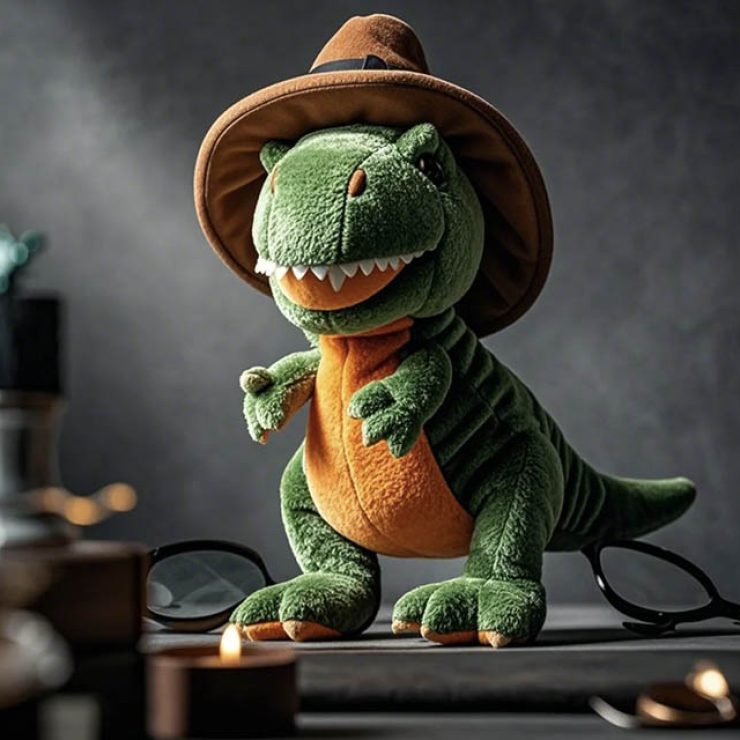
PVC Toys

Material
PVC

Molding
Injection Molding, Blow Molding, Rotational Molding

Painting
Safe, Non-Toxic Paints, Decorations

ECO
CPSC, EN71 Standards. Non-Toxic Materials And Recycling Waste Pvc
1. Material Preparation
PVC Selection: High-quality PVC is chosen as the base material.
Additives Mixing: Plasticizers, stabilizers, colorants, and other additives are mixed with the PVC to achieve desired properties like flexibility, durability, and color.
2. Compounding
Mixing: The PVC and additives are thoroughly mixed to create a homogeneous compound.
Pelletizing: The mixed compound is then extruded and cut into small pellets for easier handling and processing.
3. Molding
Injection Molding: The PVC pellets are melted and injected into molds under high pressure. This is the most common method for producing PVC toys, allowing for intricate designs and consistent quality.
Blow Molding: Used for hollow toys, where air is blown into a heated PVC parison to take the shape of the mold.
Rotational Molding: For larger, hollow toys, PVC powder is placed in a mold which is then rotated and heated to evenly coat the interior.
4. Cooling and Ejection
Cooling: The molded toys are cooled to solidify the PVC.
Ejection: Once cooled, the toys are ejected from the molds.
5. Trimming and Finishing
Trimming: Excess material (flash) from the molding process is trimmed off.
Surface Finishing: Toys may undergo additional processes like sanding or polishing to achieve a smooth surface.
6. Painting and Decoration
Painting: Toys are painted using safe, non-toxic paints. This can be done manually or using automated systems.
Decals and Printing: Additional decorations or logos are applied using decals or printing techniques.
7. Quality Control
Inspection: Each toy is inspected for defects, ensuring it meets safety and quality standards.
Testing: Toys may undergo various tests, including stress tests, chemical tests, and safety checks to ensure they are safe for children.
8. Assembly
Component Assembly: If the toy consists of multiple parts, they are assembled at this stage.
Final Checks: Assembled toys are checked again to ensure all parts are securely attached and function correctly.
9. Packaging
Packaging: Toys are packaged according to size and type. Packaging materials are chosen to protect the toys during shipping and storage.
Labeling: Packages are labeled with necessary information, including safety warnings, age recommendations, and manufacturer details.
10. Distribution
Storage: Packaged toys are stored in warehouses before distribution.
Shipping: Toys are shipped to retailers or directly to consumers.
